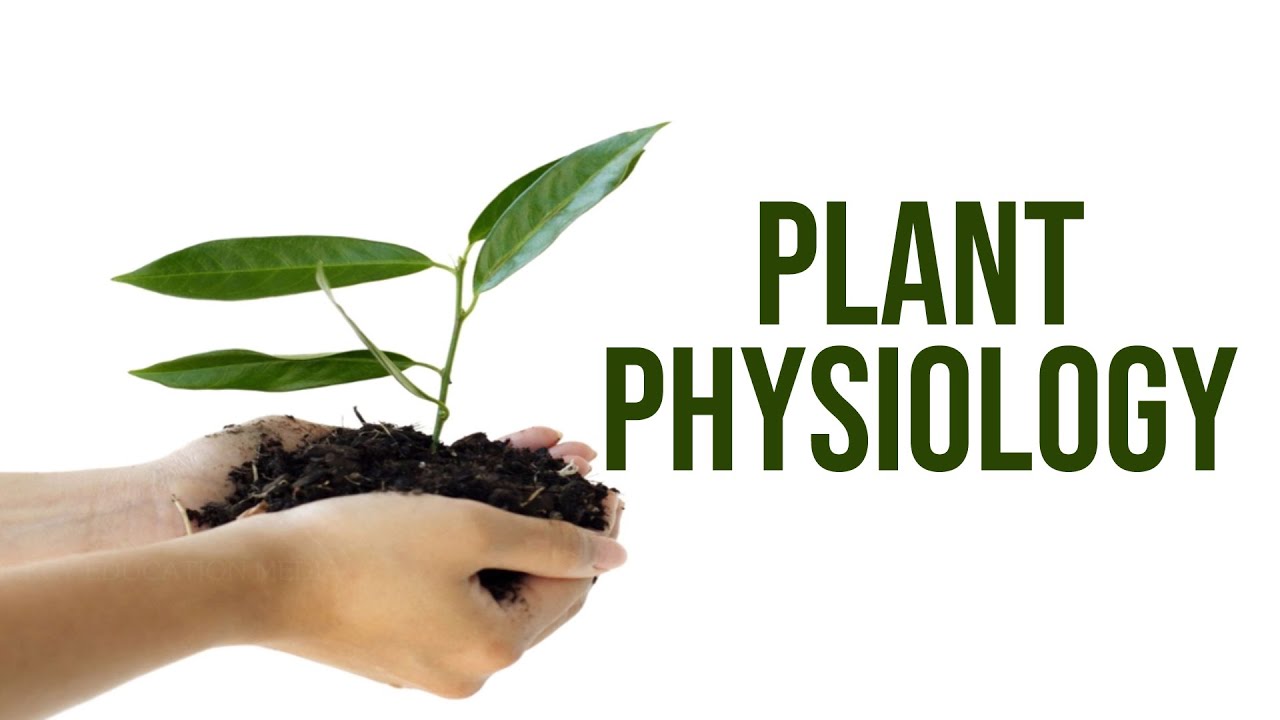
Plant physiology is a fascinating field of study that delves into the inner workings of plants and their vital processes. It explores how plants function, adapt, and respond to their environment. Understanding plant physiology is crucial not only for scientists and researchers but also for horticulturists, farmers, and anyone with a passion for nature. In this article, we will unveil 19 astonishing facts about plant physiology that will awe and inspire you. From photosynthesis and growth patterns to defense mechanisms and reproductive strategies, plants have an incredible array of physiological adaptations that enable them to thrive in diverse habitats. So, let’s dive into the remarkable world of plant physiology and discover the astonishing abilities of these remarkable organisms.
Key Takeaways:
- Plants are more than just green decorations. They can “see,” “hear,” and even communicate with each other, showing incredible abilities like changing their sex and producing their own natural sunscreen.
- Plants have their own immune system, can generate electricity, and even produce natural pesticides. They can heal themselves, taste chemicals in the soil, and regulate their temperature, showcasing remarkable adaptability and survival skills.
Plants can “see” and react to light.
Plants have specialized cells called photoreceptors that detect light and initiate various physiological responses, such as growth, flowering, and leaf expansion.
Plants can communicate with each other.
Through the release of chemical signals, plants can communicate their needs and even warn neighboring plants about potential threats, such as insect infestations.
Plants have their own immune system.
Plants possess a complex immune system that allows them to defend against pathogens, such as bacteria and fungi, ensuring their survival and health.
Plants can change their sex.
Some plants have the ability to change their sex depending on environmental conditions or the availability of pollinators, ensuring successful reproduction.
Plants can taste.
Plants have taste receptors that allow them to distinguish between different chemicals in the soil, helping them determine which nutrients to absorb.
Plants can “hear” vibrations.
Recent studies have shown that plants can detect and respond to sound vibrations, enabling them to detect nearby water sources or the buzzing of pollinators.
Plants have their own circulatory system.
Plants transport water, nutrients, and hormones through specialized tissues called xylem and phloem, similar to how our bloodstream carries essentials throughout our body.
Plants can remember and learn.
Plants have the ability to remember and adjust their behaviors based on previous experiences, helping them adapt to changing environmental conditions.
Plants can produce their own natural sunscreen.
In response to prolonged exposure to UV light, plants can produce pigments such as anthocyanins that act as natural sunscreens, protecting them from damage.
Plants can generate electricity.
Some plants, like the Venus flytrap, can generate small amounts of electrical energy within their cells, allowing them to detect and capture prey.
Plants can survive in extreme environments.
Certain plants, known as extremophytes, have developed mechanisms to thrive in extreme conditions such as deserts, high altitudes, and even icy landscapes.
Plants can produce chemicals with medicinal properties.
Many plant species contain compounds with therapeutic properties that humans have been using for centuries to treat various ailments and diseases.
Plants can sense gravity.
Plants have specialized cells that sense gravity, allowing their roots to grow downwards and their shoots to grow upwards, a phenomenon known as gravitropism.
Plants can release scents to attract pollinators.
Flowers release unique scents to attract specific pollinators, ensuring successful reproduction through the transfer of pollen.
Plants can regulate their temperature.
Plants have the ability to adjust their temperature through a process known as thermoregulation, allowing them to optimize their metabolic activities.
Plants can heal themselves.
When plants get wounded or damaged, they initiate a healing process by producing special tissues and sealing off the injured area to prevent the spread of pathogens.
Plants can change their leaf color.
In response to environmental cues, some plants can change the color of their leaves to adapt to changing seasons or as a defense mechanism.
Plants can reproduce without seeds.
Many plants can reproduce asexually through methods such as vegetative propagation, where new plants are formed from their existing parts, such as stems or roots.
Plants can produce natural pesticides.
Plants can synthesize various compounds to fend off pests and herbivores, acting as their own chemical defense system.
Conclusion
In conclusion, the field of plant physiology is a fascinating and complex area of study. The astonishing facts about plant physiology highlighted here serve as a reminder of the incredible adaptations and processes that allow plants to thrive and survive in diverse environments. From their ability to photosynthesize and produce oxygen to their intricate root systems and responses to external stimuli, plants continue to captivate scientists and researchers.Understanding plant physiology is not only crucial for agricultural practices and plant breeding but also for our broader understanding of the natural world. By delving deeper into the inner workings of plants, we can uncover valuable insights that can help address global challenges, such as food security and climate change.By appreciating the remarkable adaptations and physiological processes of plants, we can gain a deeper appreciation for the intricacies of the natural world and the vital role that plants play in sustaining life on Earth.
FAQs
1. How does photosynthesis work in plants?
Photosynthesis is the process by which plants convert sunlight, water, and carbon dioxide into glucose and oxygen. The chlorophyll in plant cells captures sunlight, which is used to split water molecules into hydrogen and oxygen. The hydrogen is then combined with carbon dioxide to produce glucose, while oxygen is released as a byproduct.
2. What is the role of plant hormones?
Plant hormones, also known as phytohormones, regulate various physiological processes in plants, including growth, flowering, and response to environmental stimuli. Examples of plant hormones include auxins, gibberellins, and cytokinins, each playing a specific role in plant development and adaptation.
3. How do plants respond to environmental stress?
Plants have evolved various mechanisms to respond to environmental stress, such as drought or high temperatures. For instance, they may close their stomata to conserve water, synthesize protective proteins, or produce signaling molecules to trigger specific stress response pathways.
4. What is the importance of plant nutrition?
Plant nutrition is crucial for the growth and development of plants. Essential elements like nitrogen, phosphorus, and potassium are required in adequate amounts for plants to carry out essential metabolic processes. Lack of proper nutrition can lead to stunted growth, nutrient deficiencies, and decreased productivity.
5. How do plants transport water and nutrients?
Plants transport water and nutrients through specialized tissues called xylem and phloem. The xylem carries water and minerals from the roots to the rest of the plant, while the phloem transports sugars and other organic compounds from the leaves to other parts of the plant.
Plant physiology is truly remarkable, from their ability to communicate with each other to their incredible adaptability in extreme environments. Understanding how plants function and thrive opens up a world of possibilities for harnessing their unique properties. If you're curious to learn more about the inner workings of plants, be sure to check out our article on the mind-blowing facts about plant hormones. These chemical messengers play a crucial role in regulating plant growth, development, and responses to environmental stimuli.
Was this page helpful?
Our commitment to delivering trustworthy and engaging content is at the heart of what we do. Each fact on our site is contributed by real users like you, bringing a wealth of diverse insights and information. To ensure the highest standards of accuracy and reliability, our dedicated editors meticulously review each submission. This process guarantees that the facts we share are not only fascinating but also credible. Trust in our commitment to quality and authenticity as you explore and learn with us.


